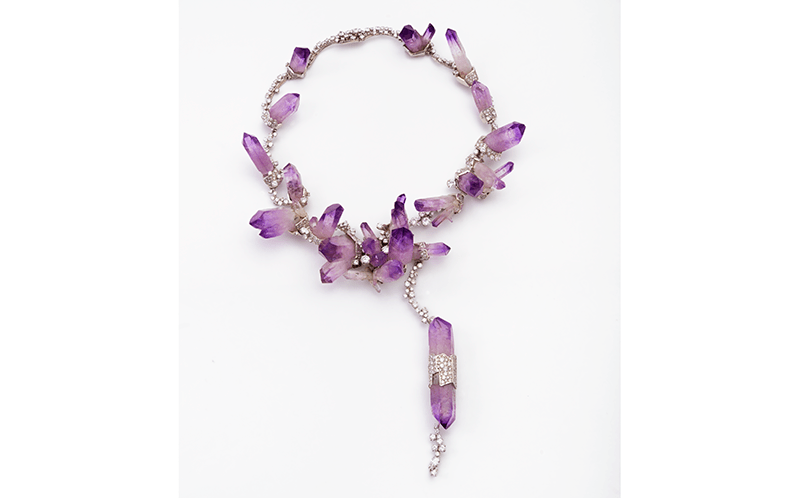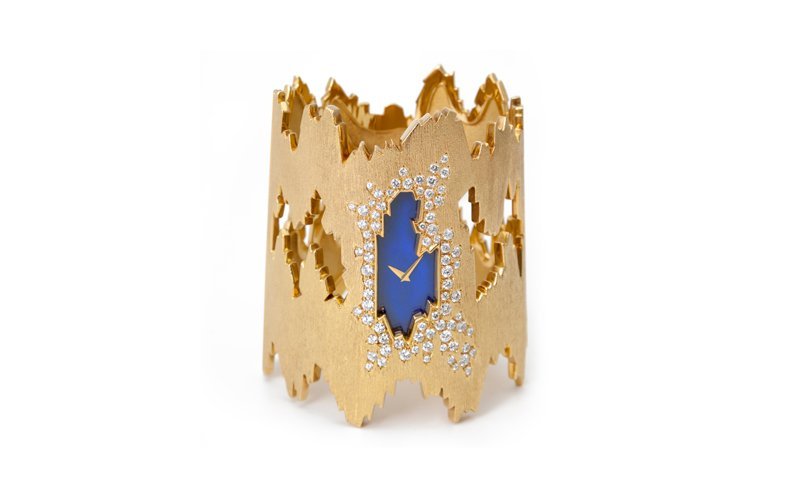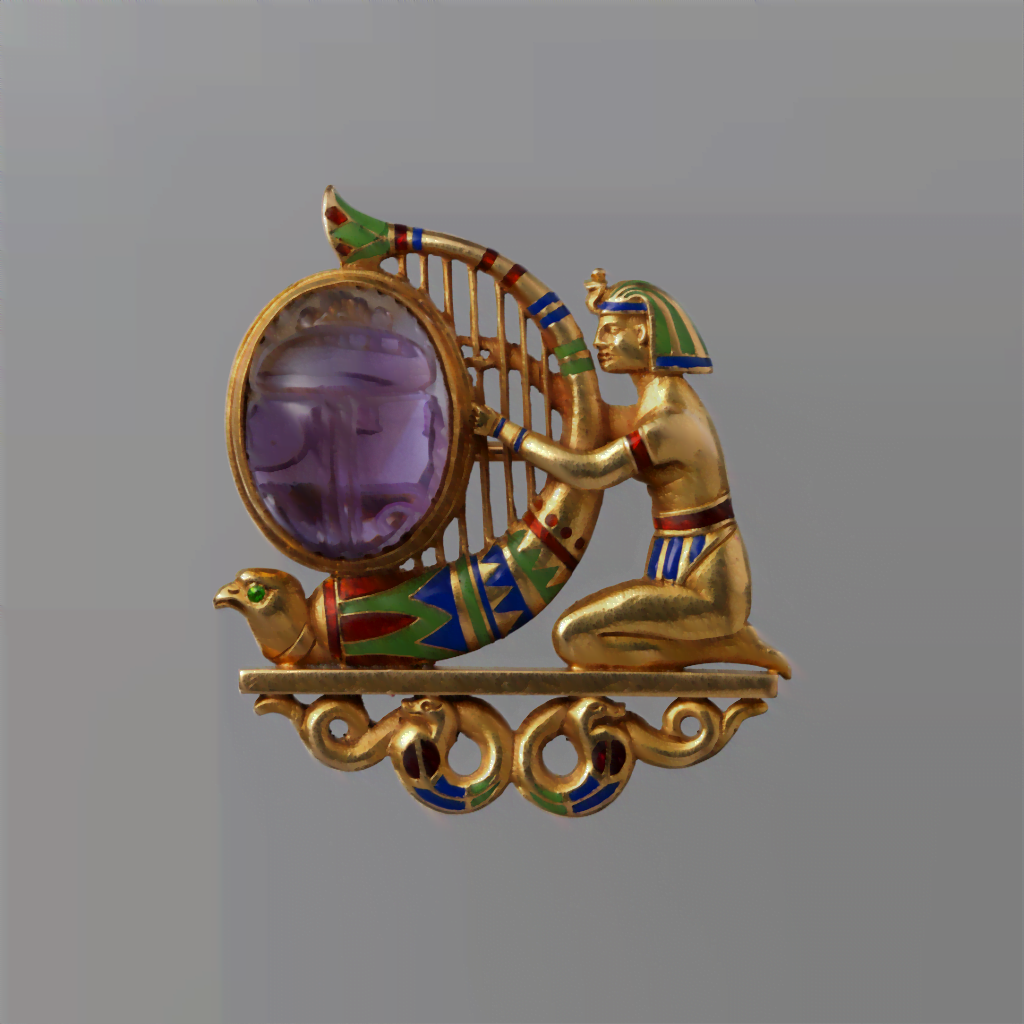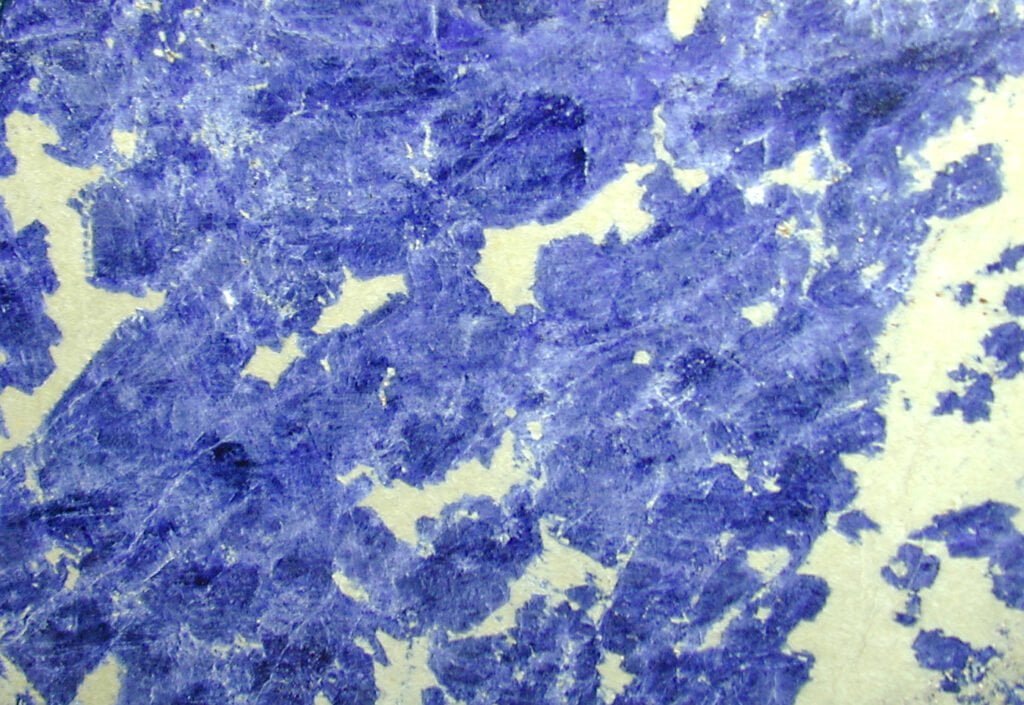
The Cincinnati Art Museum has a new exhibit running through February 6th titled “Simply Brilliant: Artist-Jewelers of the 1960s and 1970s”. This exhibition of approximately 120 explores the international renaissance in fine jewelry in the 1960s and 1970s and features the work of independent jewelers such as Andrew Grima, Gilbert Albert, Arthur King, Jean Vendome and Barbara Anton along with work created for Bulgari, Cartier, Boucheron and other major houses drawn from one of the most important private collections in the world, assembled by Cincinnatian Kimberly Klosterman.

The exhibition is accompanied by a full color illustrated catalogue and includes essays by some of the most important scholars in the field. Biographies of each designer/house represented are paired with full color images, extended text for a select number of highlighted pieces and an appendix of maker’s marks.

The individual makers represented in the exhibition referred to themselves as artists first, jewelers second, approaching their work as a modern art form. Largely utilizing yellow gold and incorporating both precious and semi-precious gems, and inspired by nature they focused on organic forms, favored abstract shapes and concepts related to space-age trends. Using unconventional materials such as coral, shell, geodes and moldavite bringing unrivaled texture to their jewelry. Theirs was a style that was appreciated by individuals who were looking for something different in an era when different was best.

The exhibition is free and located in the Vance Waddell and Mayerson Galleries (Galleries 124 & 125), and is absolutely outstanding. We recommend you take advantage of the opportunity to see these pieces while you can.
The Cincinnati Art Museum is open 11am – 5 pm Tuesday – Sunday except for 11 am – 8 pm on Thursdays. Click here to for more information about the exhibit and the Cincinnati Art Museum.











